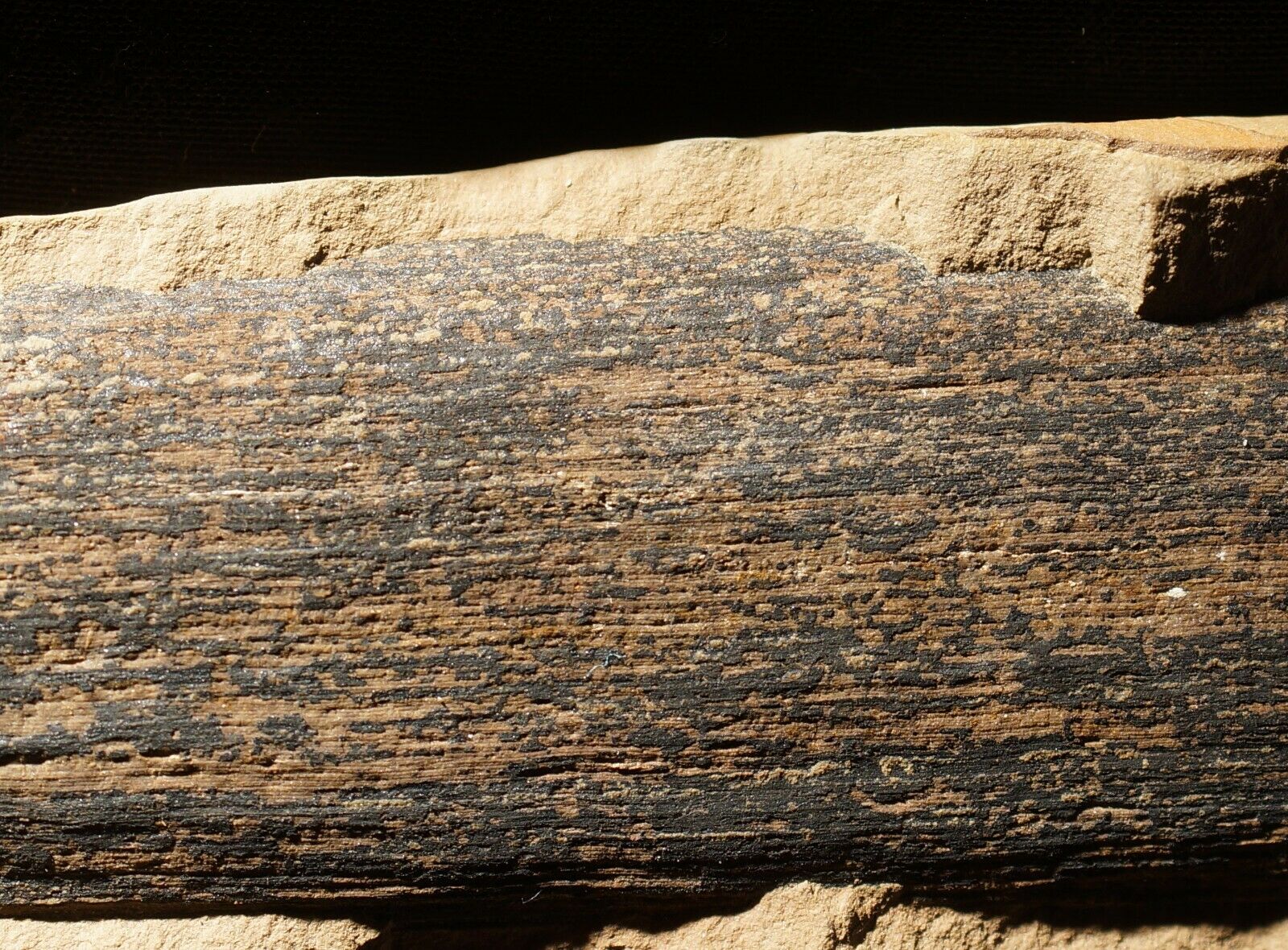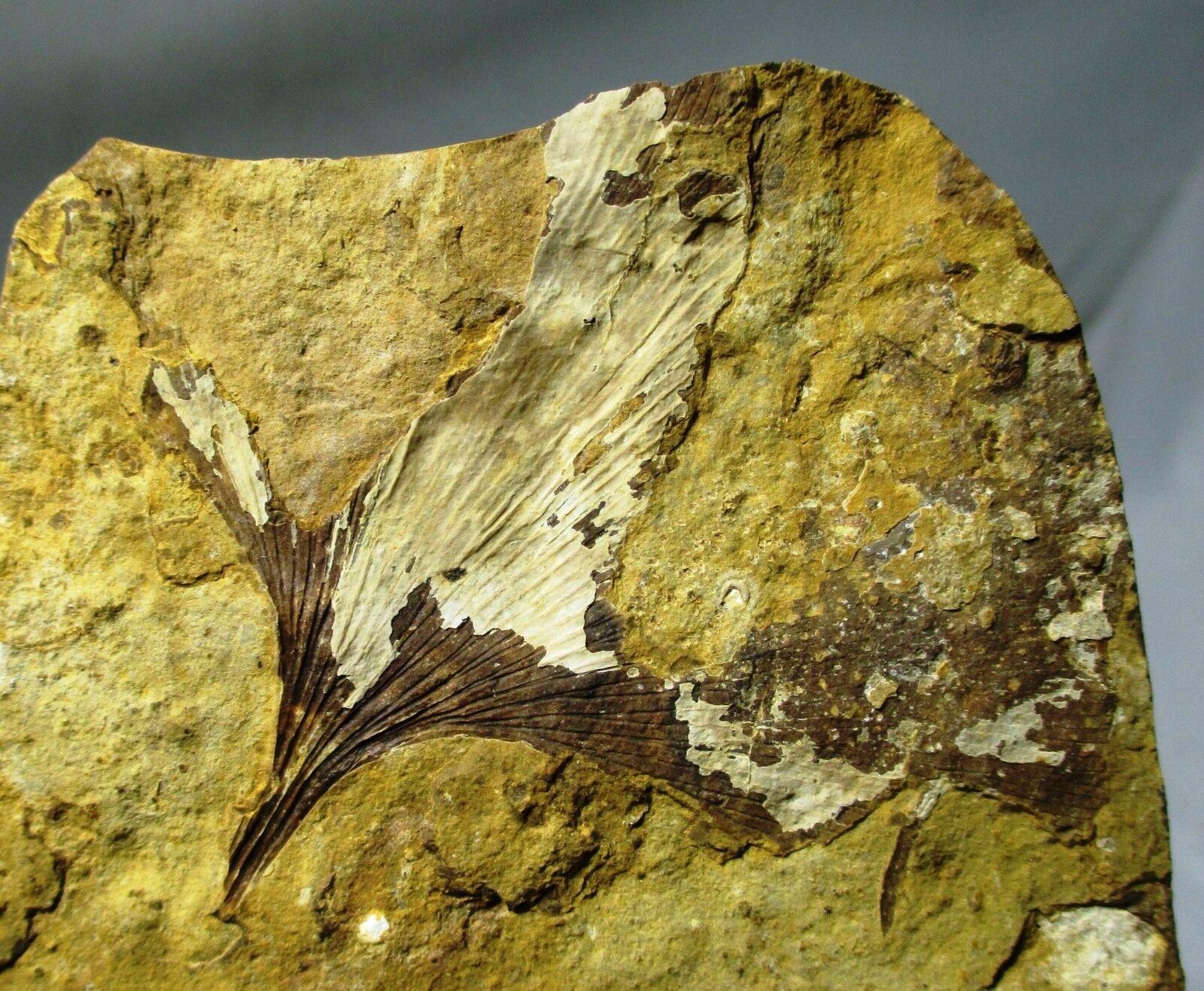-40%
Rare fossil plant early conifer Cordaites leaf in Mazon Creek in siderite nodule
$ 16.89
- Description
- Size Guide
Description
My specimens are genuine and will be delivered with a "Certificate of authenticity, age and origin" and scientific papers allowing plant identification !!!I combine shipping costs.
Each item is different, so please wait with payment after purchase -
I will send You a combine invoice.
Usually, it will be cost of shipping the heaviest item.
Specimen
: Very Nice
Cordaites
principalis
Germar
- Cordaite leaf preserved in Mazon creek like nodule half from Europe
Locality:
All detailed data will be provided with the specimen
Stratigraphy:
Upper Carboniferous – Pennsylvanian - Westphalian A – Załęskie Beds
Age:
ca. 314 Mya
Matrix dimensions:
ca. 7,0 x 2,8 x 1,0 cm ( white square on pictures is 1,0 x 1,0 cm ),
Description:
Very Nice
Cordaites
principalis
Germar
- Cordaite leaf preserved in Mazon creek like nodule half from Europe
Cordaites, extinct genus of seed plants with leathery, strap-shaped leaves from the Pennsylvanian Subperiod and thought to be closely related to conifers. The genus was made up of trees and shrublike plants that occurred in various habitats that ranged from mangrovelike environments to dry hinterlands; however, most grew on floodplains or in swamps. Cordaites was an important part of the upland forests of the paleocontinent called Laurussia, or Euramerica.
Cordaites is an important genus of extinct gymnosperms which grew on wet ground similar to the Everglades in Florida. Brackish water mussels and crustacea are found frequently between the roots of these trees.
The fossils are found in rock sections from the Upper Carboniferous (318 to 299 million years ago) of the Europe coal area. The reproductive structures of Cordaites were similar to those of the early conifers; however, since the genus coexisted with early conifers, it was not ancestral to them. The reproductive structures of Cordaites were made up of a short shoot borne in a leaf axil—the upper angle at the junction of a leaf stem with a branch. The shoot had a series of bracts (or modified leaves), and each bract also held a secondary shoot within a smaller axil. Pollen sacs and ovules were also present in these smaller axils. Like many conifers, the pollen of Cordaites had a central portion surrounded by a bladder, and this arrangement may have helped to make the large grain buoyant in air.
Systematic:
Division: Trachaeophyta (Pteropsida)
Class: Gymnospermae
Order:
Cordaitales
Family: Cordaitaceae
Genus: Cordaites
Species:
Cordaites principalis
Germar















